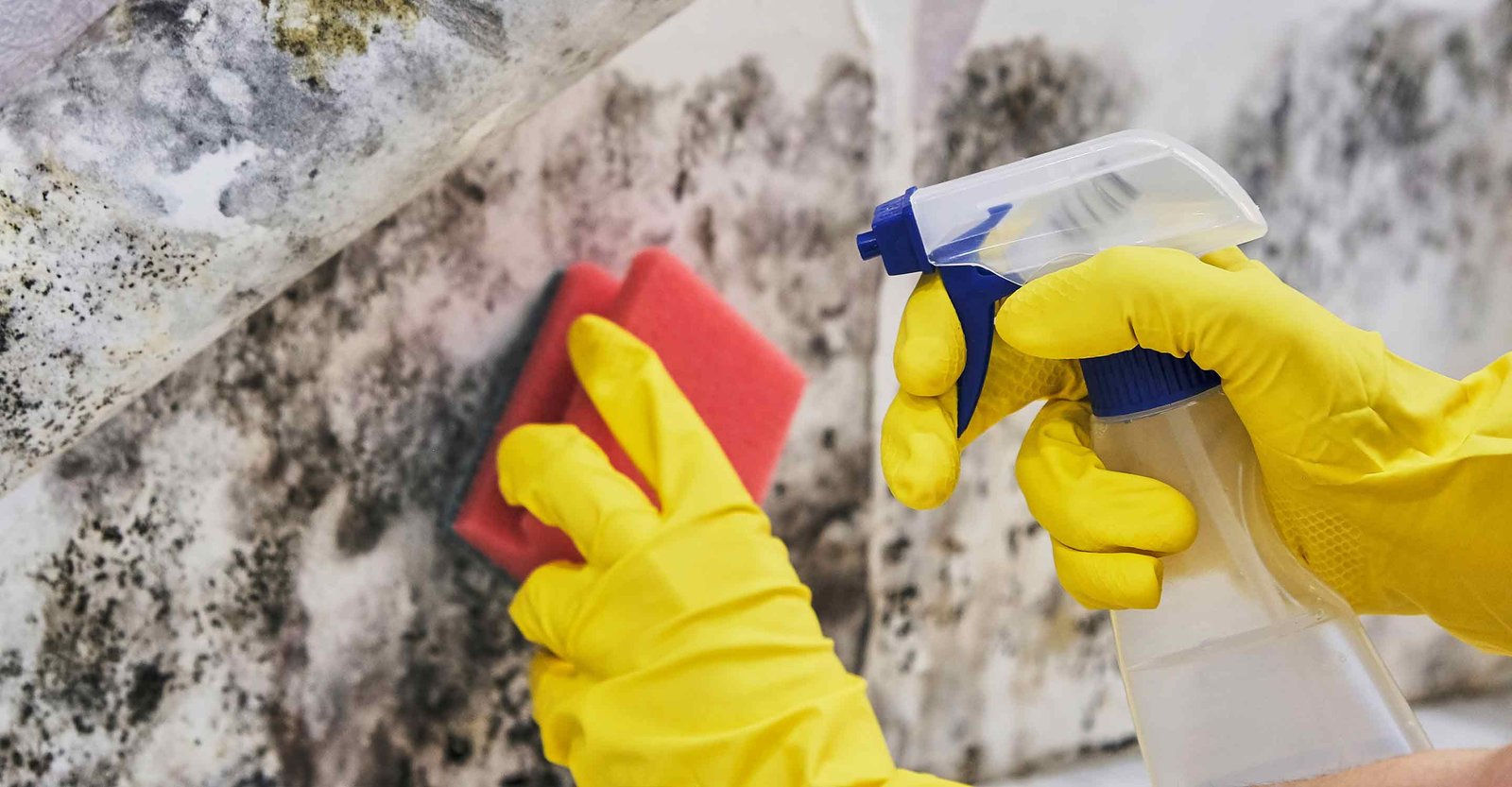Growing mold in houses and other structures is a frequent but dangerous problem that can cause serious health issues and structural damage. Effective mold restoration involves a series of well-planned steps and best practices to ensure thorough removal and prevent future growth. This detailed guide outlines the essential steps and best practices for mold restoration and remediation.
What Is Mold?
One kind of fungus that grows well in warm, humid conditions is mold. It spreads by means of microscopic spores that can land on different surfaces and float through the air. Mold spores can harm materials like wood, drywall, and carpet when they fall on a moist area and start to develop. As allergies, infections, and respiratory disorders can result from mold contact, cleanup is essential for both health and safety.
Step-By-Step Mold Restoration
1. Assessment And Inspection
The first step in mold restoration is a thorough assessment and inspection. Professionals use specialized tools to detect moisture levels and identify areas affected by mold. This step is critical for understanding the extent of the infestation and planning the remediation process.
2. Containment
Containment is required to stop mold spores from spreading to unaffected areas. This entails utilizing plastic sheeting to shut off the polluted area and HEPA-filtered air scrubbers to maintain negative air pressure. Workers should also wear protective gear to avoid exposure.
3. Air Filtration
During mold removal, the air is filled with disturbed spores. Air filtration devices, such as HEPA air scrubbers and vacuums, capture these spores and clean the air. This step helps protect the health of workers and occupants and ensures that spores do not spread to other areas.
4. Removing Mold-Infested Materials
Materials that cannot be cleaned and salvaged, such as porous items like drywall, insulation, and carpeting, must be removed and discarded. This is an essential step in removing the mold growth’s source. Non-porous materials and surfaces can often be cleaned and disinfected.
5. Cleaning And Disinfection
All affected surfaces and items should be thoroughly cleaned and disinfected. Expert mold cleaners make sure all mold is removed by using specific cleaning solutions and methods. This includes scrubbing non-porous surfaces, vacuuming with HEPA filters, and applying antifungal treatments to prevent future growth.
6. Drying And Dehumidification
Since mold thrives in damp environments, drying out the affected area is essential. Dehumidifiers and industrial fans are used to reduce moisture levels. To stop mold from growing again, it’s critical to take care of any underlying water problems, such as leaks or inadequate ventilation.
7. Repairs And Restoration
Once the mold is removed and the area is dry, the next step is to repair and restore the damaged areas. This may involve replacing drywall, insulation, and flooring, as well as repainting and refinishing surfaces. The goal is to return the space to its pre-mold condition.
Best Practices For Mold Restoration
Hire Professionals
Mold removal is a difficult procedure that calls for specific training and tools. Hiring certified professionals ensures that the job is done safely and effectively. Professionals follow industry standards and regulations, providing peace of mind that the mold issue is thoroughly addressed.
Use Proper Protective Gear
Safety is paramount in mold remediation. Workers should wear protective gear, including gloves, masks, goggles, and disposable coveralls, to prevent exposure to mold spores and cleaning chemicals. Proper training in using this gear is also essential.
Follow Industry Standards
Adhering to industry standards, such as those set by the Institute of Inspection, Cleaning, and Restoration Certification (IICRC), ensures that the remediation process meets the highest quality and safety guidelines. Following these standards helps in achieving thorough and effective mold removal.
Prevent Future Mold Growth
Preventing mold growth is as important as remediation. Ensure proper ventilation in bathrooms, kitchens, and other moisture-prone areas. Use dehumidifiers in damp spaces and promptly repair any leaks or water damage. In order to detect and treat possible mold problems before they worsen, routine maintenance and inspections are recommended.
Educate And Communicate
Educating occupants about mold prevention and keeping open lines of communication throughout the remediation process is crucial. Understanding the causes of mold and how to prevent it empowers occupants to maintain a healthy environment.
Conclusion
Mold restoration is a meticulous process that requires careful planning, specialized equipment, and adherence to best practices. By following a comprehensive approach to assessment, containment, removal, cleaning, drying, and restoration, professionals can effectively address mold issues and prevent future growth. The integrity of the building and the safety and well-being of its residents are guaranteed by employing qualified specialists, donning the appropriate safety gear, and abiding by industry norms. With proactive measures and regular maintenance, mold problems can be managed, leading to healthier and safer living and working environments.
